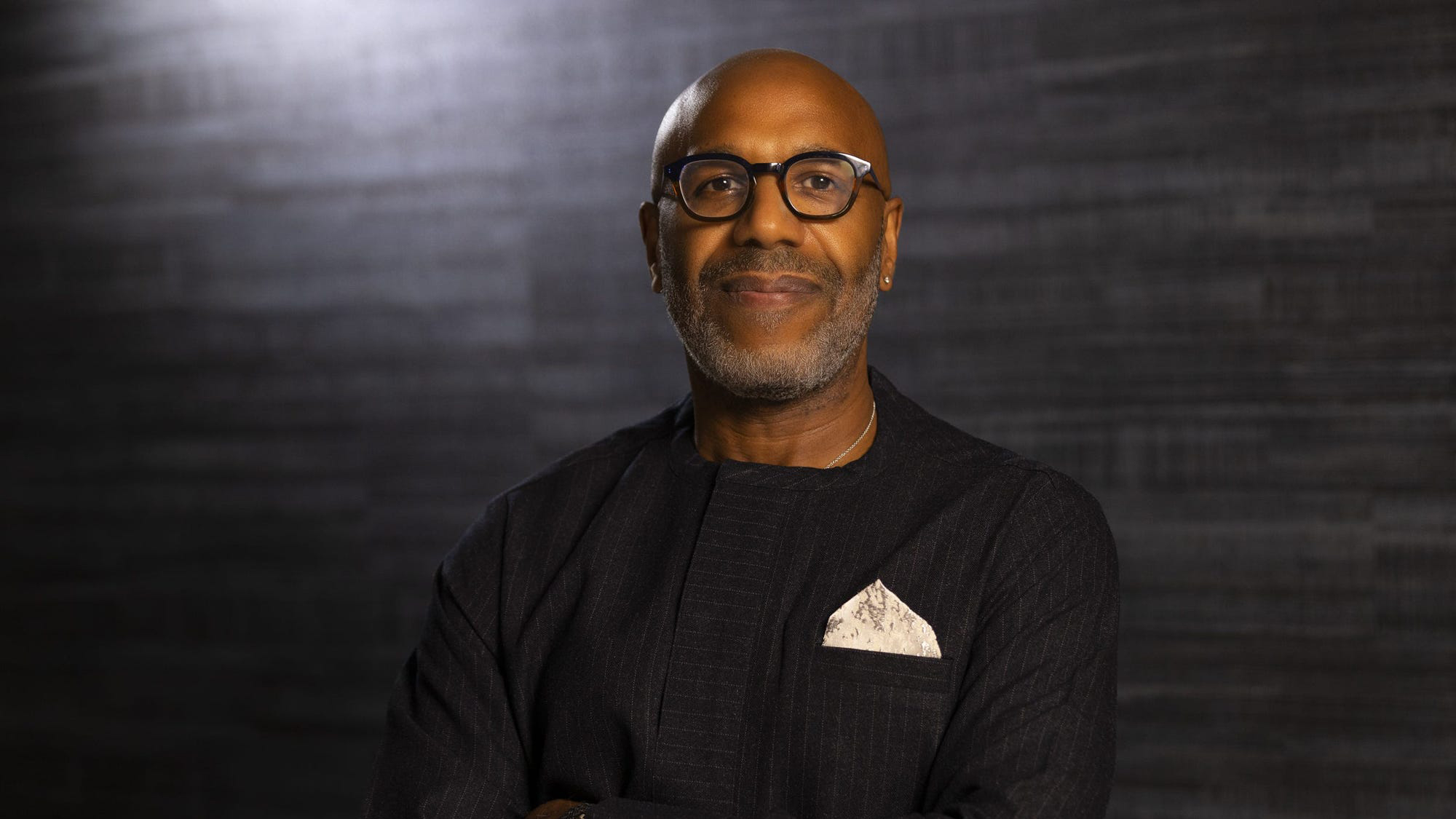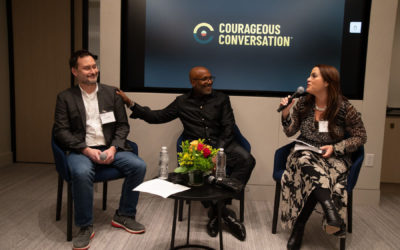By Janice Gassam Asare—Sept. 3, 2021
Following the killing of George Floyd, collective guilt prompted corporate leaders to pledge millions of dollars to various racial justice causes. Over a year later and corporate wallets are still open with an estimated $50 billion promised to Black communities. Despite this figure, new reports indicate that only about $250 million have actually been doled out to these communities. According to the Associated Press, Black Lives Matter raised over $90 million during 2020. Earlier this year, finance behemoth Goldman Sachs announced that it would be committing over $10 billion to “advance racial equity and the economic opportunity for Black women.” In June of 2020, Google pledged over $175 million to support racial equity initiatives, with much of that amount being focused on Black-led venture capital firms, startups and organizations. At the top of this year, Apple announced that it would be putting $100 million to support their Racial Equity and Justice Initiative (REJI). The REJI was designed to “help dismantle systemic barriers to opportunity and combat injustices faced by communities of color.” Some of these initiatives include venture capital funding for Black and brown entrepreneurs as well as the development of a learning hub for Historically Black Colleges and Universities (HBCUs). In March of this year, Bank of America announced a four-year $1 billion commitment to “advance racial equality and economic opportunity.” Included in this commitment will be investments in areas like affordable housing, health, and small businesses. In their announcement, Bank of America stated that the investment was catalyzed because of the spike in anti-Asian violence. “The urgency we feel to address long-standing issues of inclusion and racial inequality has only increased following the attacks and hate speech directed at Asian people over the last year.” In April of this year, Airbnb joined the long list of companies that pledged a financial commitment to fight racial injustice. The company announced that they were matching employee donations to organizations like the NAACP and Black Lives Matter and that they were donating $500,000 to these same organizations.
Much of corporate America has taken the phrase “put your money where your mouth is” literally. While it’s nice to see so much money being poured into causes and organizations that are dedicated to fighting racial injustice, there’s a burning question that must be answered: Are these same companies working as hard to ensure that their most marginalized employees are able to grow, thrive and advance? That is a question that is still left unanswered. Since the racial revolution of 2020, companies have been more vocal about admonishing racism and injustice, but is it all performative? More than a year after these pledges were made, many companies and institutions have not shown demographic data and have not shared disaggregated numbers that reveal advancement and turnover rates for marginalized employees. One could theorize that corporations are incentivized to donate large sums of money as a band aid to remedy systemic racism. Two incentives that are important to mention: 1) tax write-offs from these investments and donations, and 2) the public admiration that comes from charitable giving. But throwing money at a problem will not make it go away—particularly a problem that has been festering for hundreds of years. Systems and structures that have been designed to keep certain groups of people out will not be fixed through donations.
Donations themselves are not the problem. A company that makes millions and even billions in revenue each year must ask themselves before giving to social causes and racial equity organizations: what are we actually doing to better the conditions of the marginalized folks that work within our company? If the answer is “nothing” or “I don’t know” then perhaps that money is better spent investing in the growth and development of the talent you already have. Corporate leaders that are not motivated to act from a place of integrity or treat employees equitably should keep in mind that retaining talent is more cost-efficient than having a revolving door of new employees each year. To retain talent, and more specifically talent from underrepresented backgrounds, leaders must make a concerted effort to prioritize the growth and development of these employees. How are the millions of dollars you pledged to Black Lives Matter going to advance the Black employees within your company? Part of the money you committed to these racial justice organizations could be used to pay mentors and sponsors who can work with junior employees to help them grow and thrive. Those donations could have also been used to fund your employee resource groups. One common complaint among employees is that they are underpaid; those millions could go towards raising employee salaries. That money could also go towards funding ongoing training and education to help employees better understand anti-racist and anti-oppressive practices.
Read more at Forbes.




